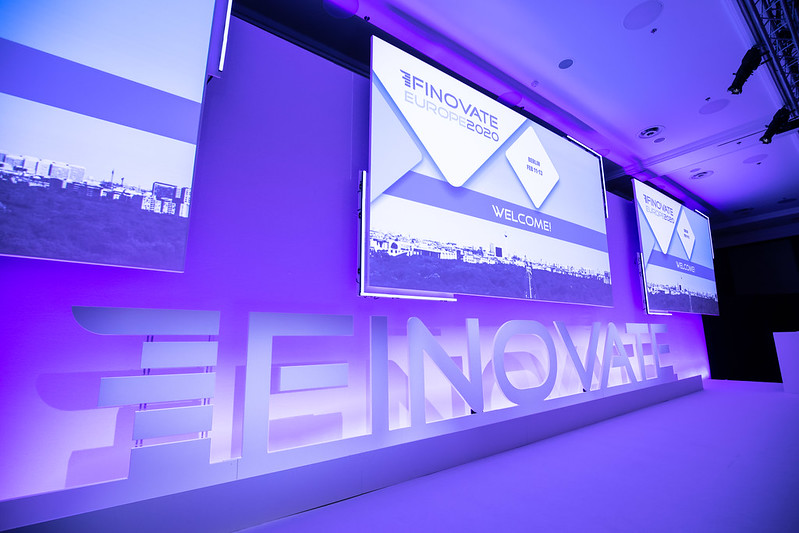
- Blockchain technology company ConsenSys is acquiring MyCrypto
- ConsenSys will combine MyCrypto’s tech with its own Web3 wallet, MetaMask
- Financial terms of the deal were undisclosed
Blockchain technology firm ConsenSys made its seventh acquisition today. The Switzerland-based company is buying Ethereum interface MyCrypto, a California-based startup that helps users manage and store their crypto assets.
Specifically, ConsenSys will combine its Web3 wallet, MetaMask, with MyCrypto to improve security and standardize the user experience across desktop, mobile, extension, and browser wallets. MyCrypto launched in 2015 to help users unify their Ethereum accounts. Founded one year later, MetaMask offers its 21 million monthly active users a non-custodial crypto wallet for mobile and browser extensions.
“I think we’ll be able to provide a wallet experience that is much more able to help its users make the best decisions through this rapidly evolving Web3 wallet landscape,” said MetaMask Co-founder Dan Finlay.
The MyCrypto and MetaMask teams have collaborated since 2016. The groups have teamed up to educate the customers on security best practices and have helped integrate and maintain MetaMask’s phishing detection service. User security and education will continue to be a major priority. Moving forward, MyCrypto and MetaMask aim to prioritize user security and education.
“With the rapid growth of the ecosystem and products racing to ship slick features, it is imperative that the leading wallet continues to build foundational and secure self-custody tools that empower the user,” said MyCrypto CEO and Co-founder Taylor Monahan. “Combining our years of experience and shared values allows us to accelerate our mission of providing a way for users to fully realize their self-sovereignty.”
ConsenSys plans to eventually merge the MetaMask and MyCrypto features and brands. For now, however, they will operate independently. MetaMask Co-founders Dan Finlay and Aaron Davis, will lead the unified Desktop, Mobile, Extension, and Browser product offerings alongside MyCrypto founder Taylor Monahan. MyCrypto’s team of 12 employees will join ConsenSys.











